Can I bench press with Resistance Bands?
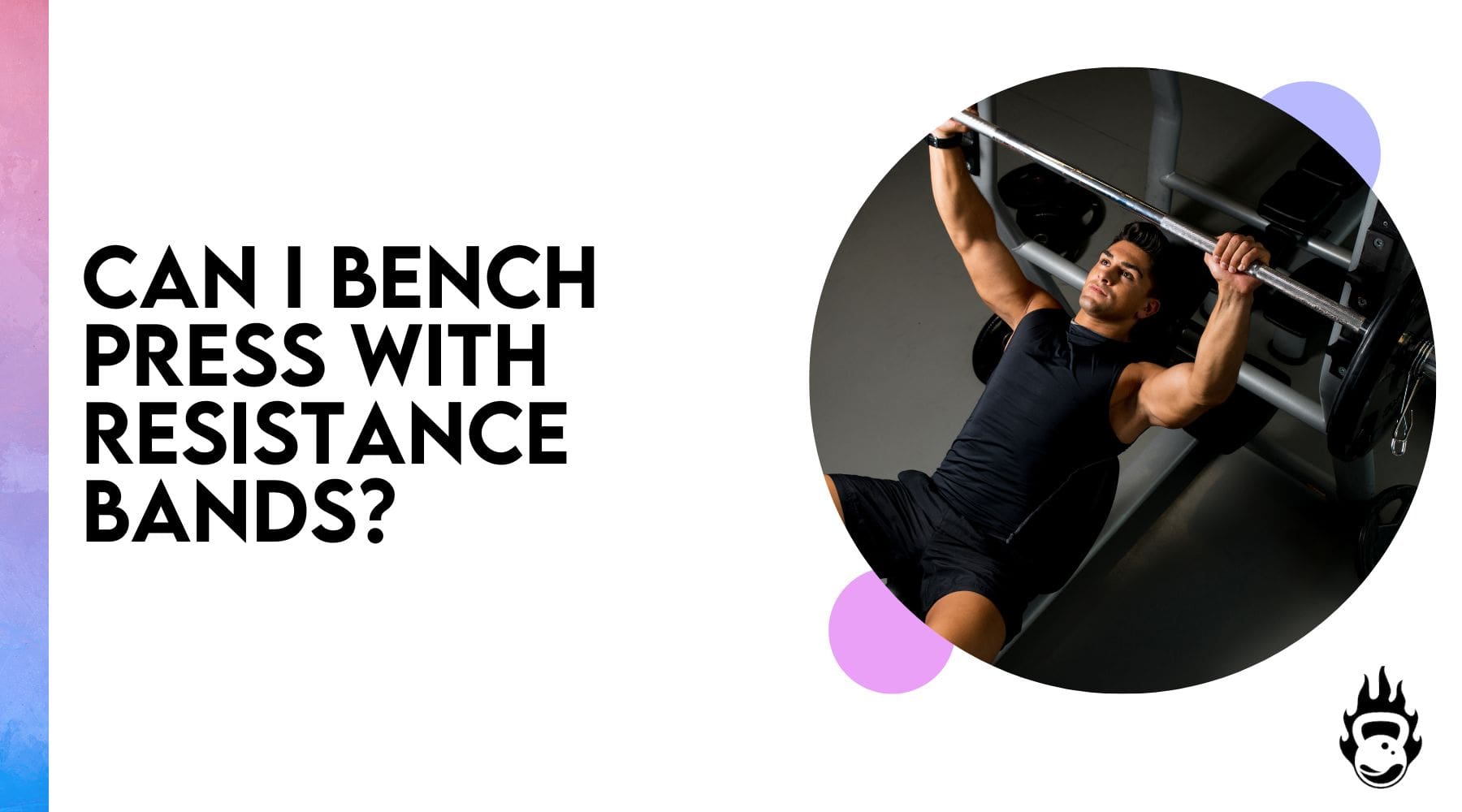
Yes, you can!
Banded bench presses can help you generate more force, overcome your sticking points, maximize your strength gains, and increase your explosive power.
However, this exercise might not be suitable for everyone. Read on for more details!
What is a banded bench press?
A bench press is an exercise where you lie on a bench with your feet on the floor and lift a weight (typically a barbell) with both arms. Now when you attach a resistance band to the barbell, it becomes a banded bench press.
By doing this, you get greater resistance while pressing the weight into the mid and top-end range of motion. This means you have to use a greater force to overcome the extra resistance and reach that lockout position.
Purpose of a banded bench press
The primary objective of the banded bench press is to manipulate or accommodate the “strength curve” – i.e. the difference in the force that you need to generate to completely move the barbell versus the amount of force that you can actually generate.
While bench pressing, you usually need to use a larger amount of force when you’re trying to lift the barbell off your chest. But once you’re past your sticking point, the force you use to reach the lock-out position isn’t as much as it was in the initial ascent position.
This “gap” is closed when you use resistance bands as they compel you to generate more force in ranges of motion where you normally wouldn’t push yourself as hard as possible.
Benefits of a banded bench press
There are several reasons to use resistance bands for bench presses.
1. To generate more force
While doing bench presses, it is common for people to accelerate rapidly off their chest, level out through the mid-range, and decelerate toward the lock-out. But with resistance bands in the mix, you will be using the maximum amount of force throughout the range of motion, and also accelerate in every phase of your lift.
Try this routine to increase your force production:
- Intensity: 60-70% of 1RM
- Sets: 5-8
- Reps: 2-5
- Rest: 60-90-seconds
- Banded Resistance: 15-20% of the overall bar load
2. To overcome sticking points
A sticking point happens when the weight feels heaviest in a certain area for the range of motion. In a bench press, your sticking points could be at the bottom, mid, or top range of the motion (lock-out position).
Say your sticking point is the lock-out position (indicating weak triceps). When you add a band to your bench press, you’re loading your triceps and thus they’ll get stronger much faster than they would without the bands. This means you’ll be able to get past your sticking point and the entire exercise becomes easier to perform.
A routine to get past your sticking point could look like this:
- Intensity: 70-85% of 1RM
- Sets: 3-5
- Reps: 1-5
- Rest: 3-5 minutes
- Banded Resistance: 20-30% of the overall bar load
3. To maximize your strength gains
Resistance bands help improve both your concentric and eccentric control thus leading to better strength gains.
The concentric range of motion in a banded bench press is when you are lifting the bar away from your chest. During this process, the resistance increases (due to the linear variable resistance of the band) as you keep moving the bar away from your chest and is maximum at the top range of motion. This leads to an increased “muscle pump” which is an important trigger for muscle hypertrophy.
The eccentric range of motion in a banded bench press is when you bring the bar down toward your chest. Now the resistance band will be pulling the bar down towards you with greater velocity and hence you will need to exert a lot more control to prevent the bar from hitting you on your chest.
This controlling of the eccentric range of motion (negative training) has been proven to be excellent in causing micro-tears in muscle fibers which again trigger hypertrophy.
Research also shows that you can produce twice the amount of pec activation during your eccentric movement compared to your concentric movement. Negative training also strongly activates your stabilizing muscle groups including your upper back and lats.
Related: Can Resistance Bands Build Muscle?
Try this routine to practice more eccentric control:
- Intensity: 65-75% of 1RM
- Sets: 4-6
- Reps: 3-5
- Tempo: Lower the bar down slowly (2-3 second count), then accelerate the bar off the chest.
- Rest: 2-3 minutes
- Banded Resistance: 15-20% of the overall bar load
4. To increase explosive power
Adding bands to your bench press can greatly improve your explosive power (which is especially crucial for athletes). This is due to their ability to trigger more fast-twitch muscles in the body.
Fast-twitch muscle fibers are recruited when your body needs short but powerful bursts of energy, whereas slow-twitch muscle fibers are used during endurance activities such as running or biking.
A 2017 study shows that bench pressing using resistance bands “offered a greater training stimulus than traditional free-weight resistance training to improve upper-body strength, velocity, and power in elite youth rugby league players.”
How to set up for a banded bench press
Check out this video for all the details.
Who should do banded bench presses?
If you’re a beginner with less than 2 years of experience in strength training, we do not recommend doing banded bench presses as they require a good amount of strength to perform.
Once you become an intermediate or advanced lifter, banded bench presses are one of the best ways to increase your strength and control.
So, what are you waiting for?
Buy Burnlab’s premium-quality resistance bands and take your bench presses to the next level!
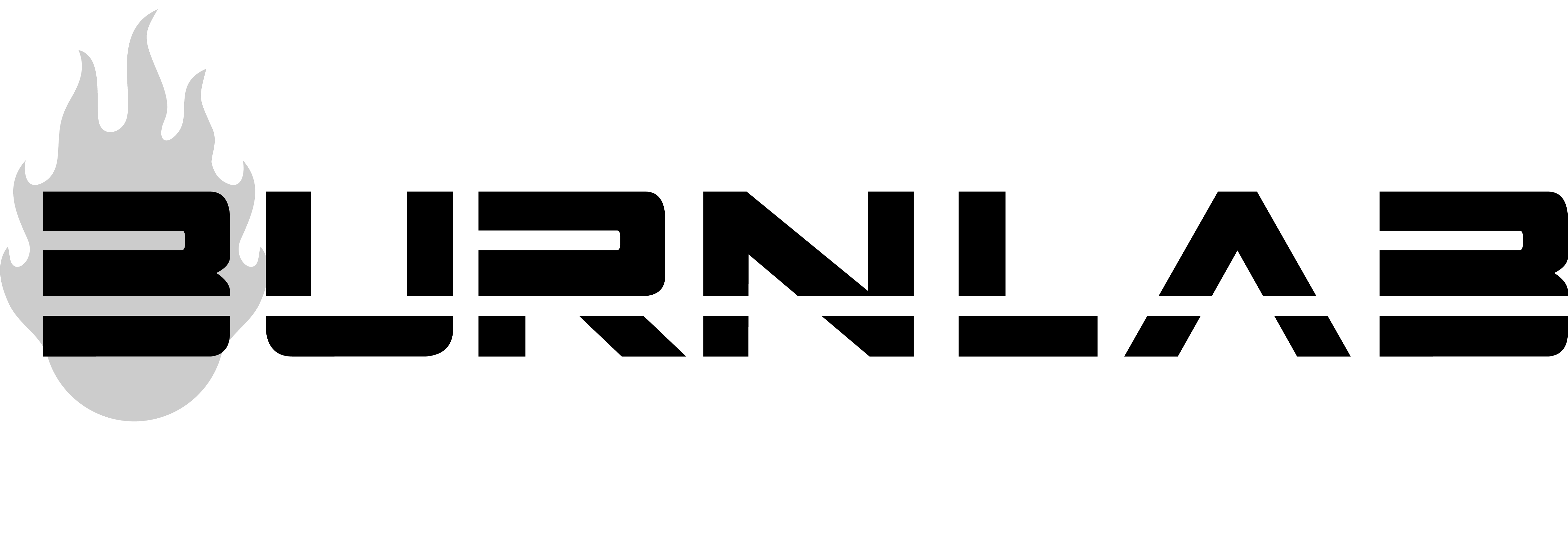

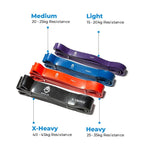
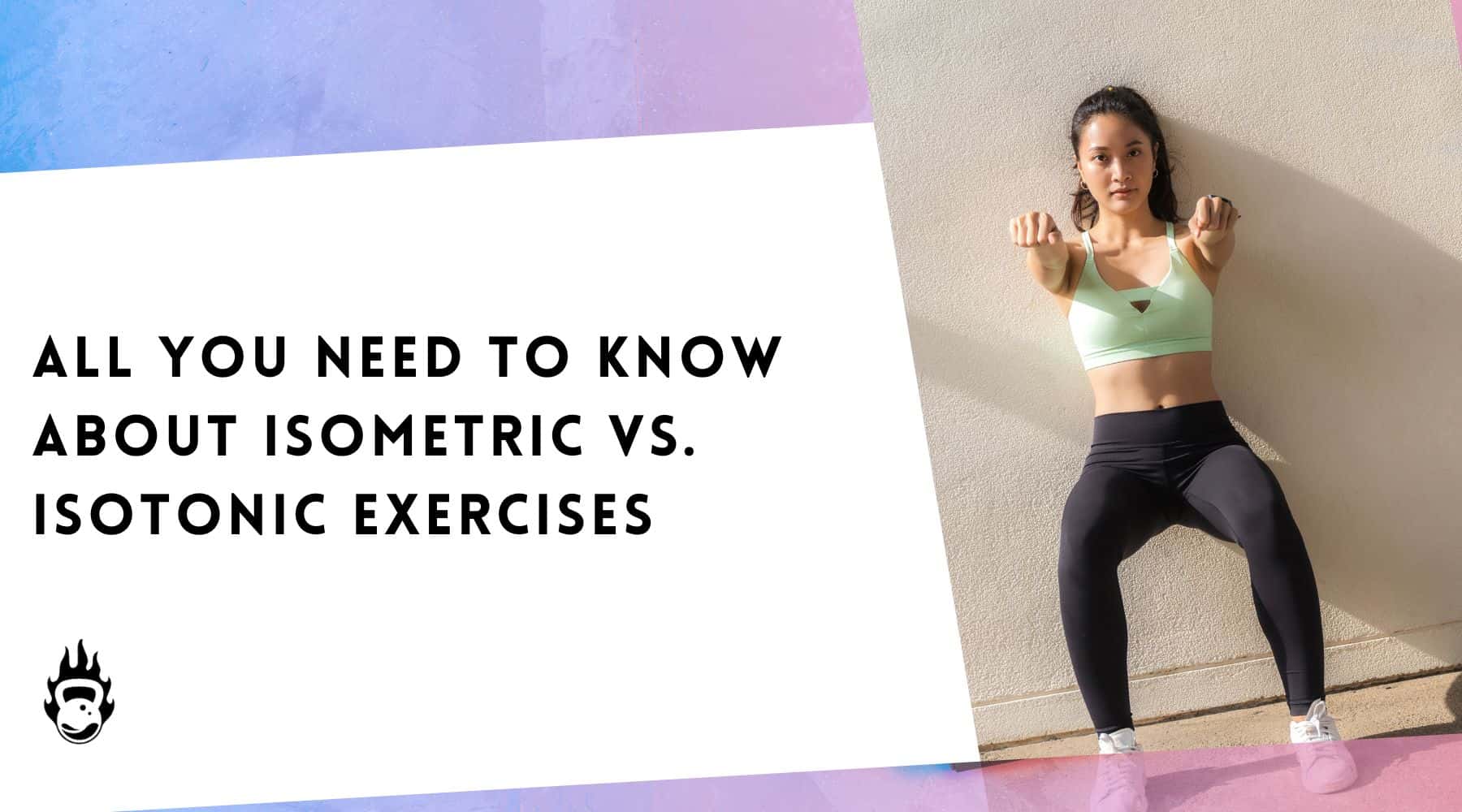
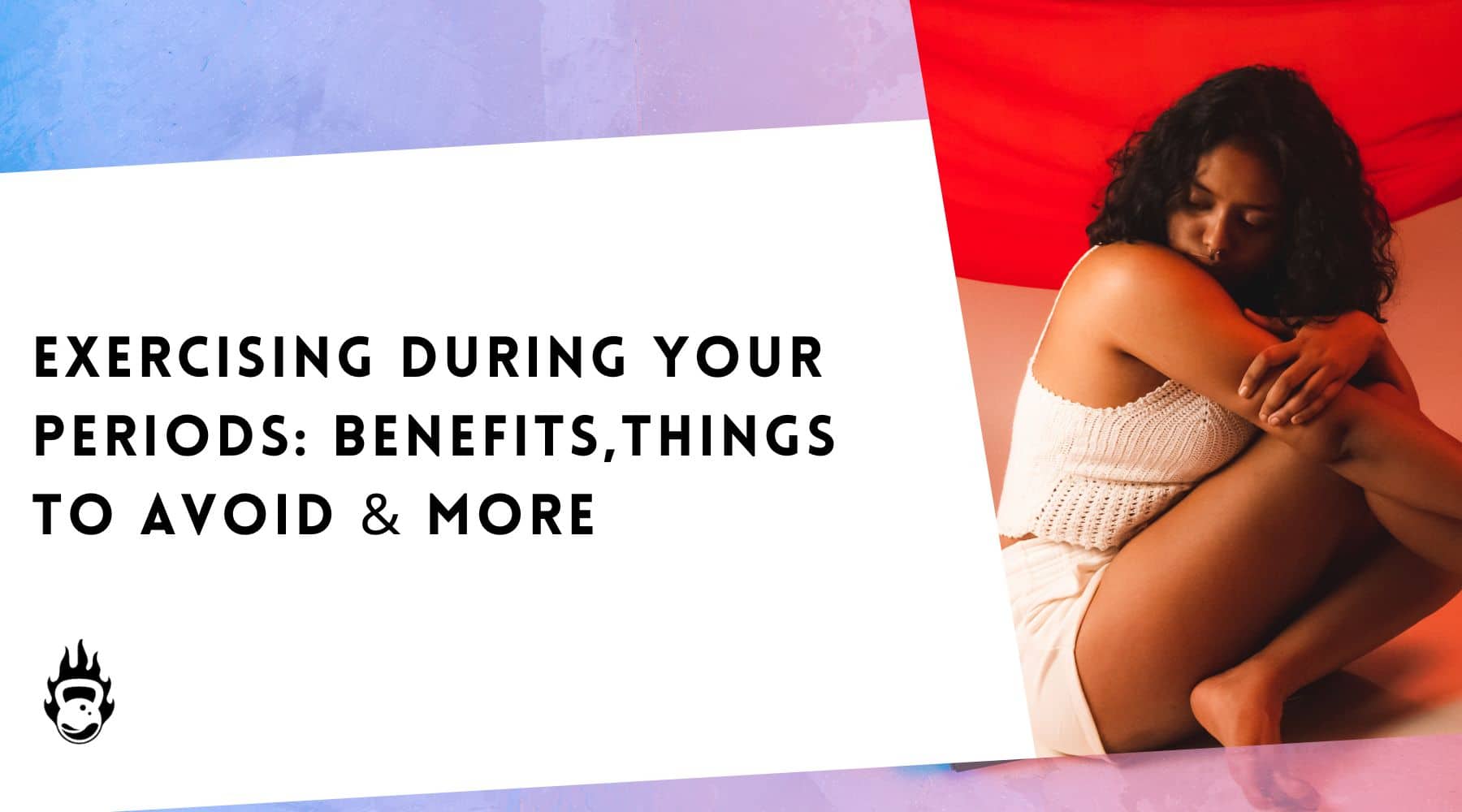
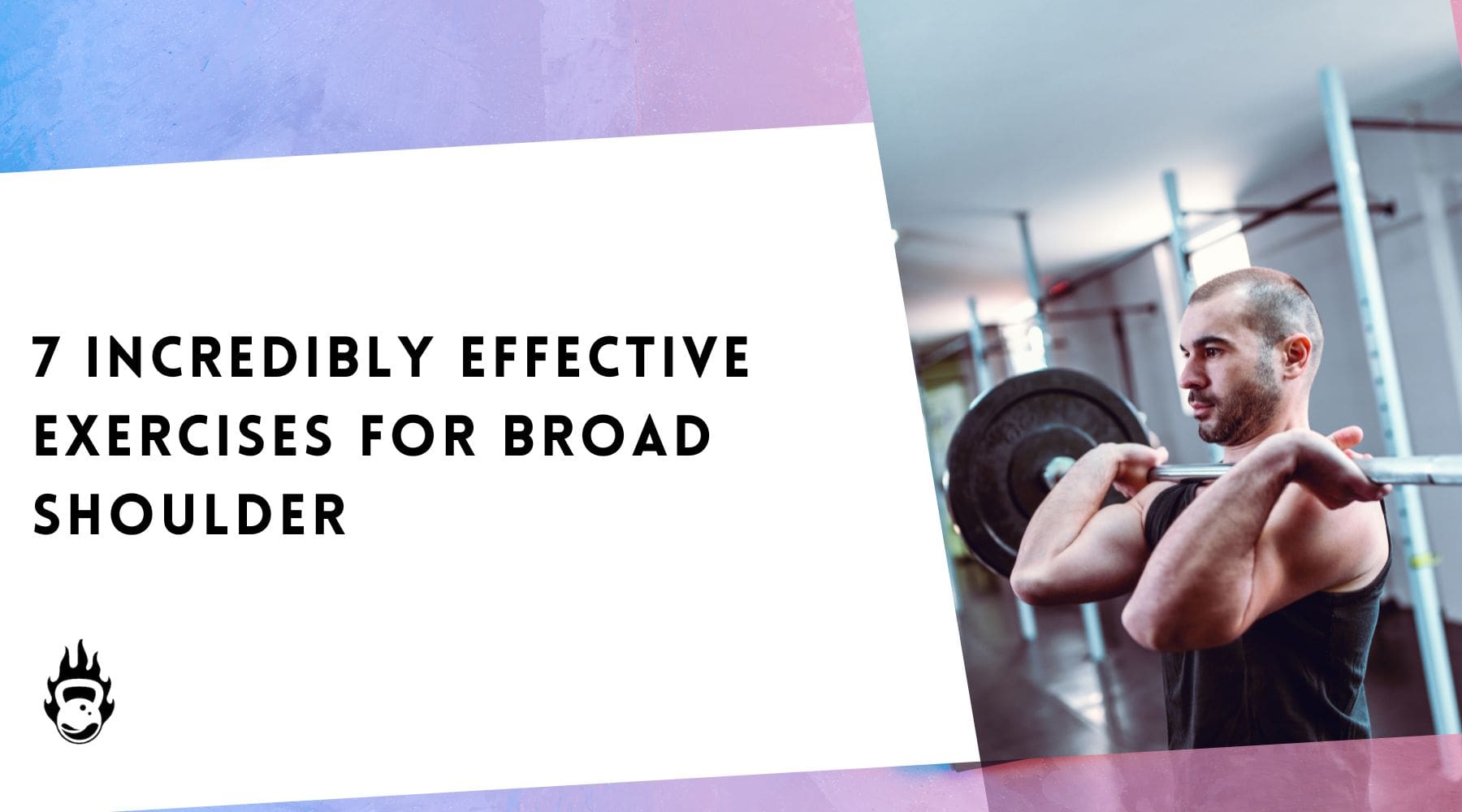
Leave a comment